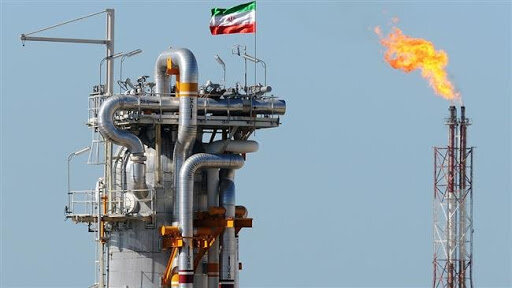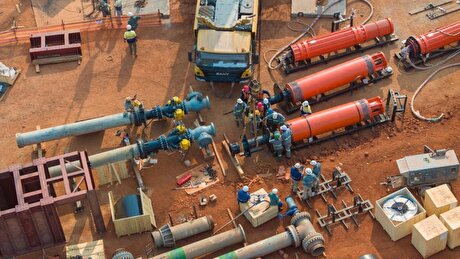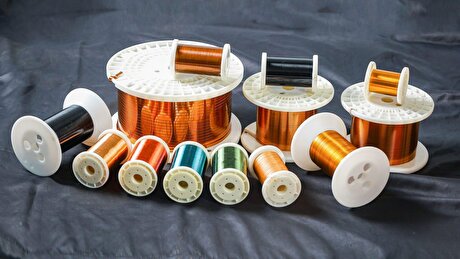
South Pars phases 17, 18 flare gas waste down 50%

According to Hassan As’adi, the refinery’s first off-gas compressor has been installed and other compressors are going to be installed in near future, IRNA reported on Sunday.
The official noted that the installation of the second compressor is going to reduce the phases’ flare gas waste very significantly.
By optimizing the acid gas enrichment unit of phase 17, we were able to completely recover the acidic gases of four gas trains and eliminate acidic gas flaring in the mentioned trains, As’adi explained.
The collected enriched gas will be processed in a sulfur recovery unit, he added.
Back in August 2019, Hamid Chitchian, a former minister who currently advises the government on energy issues, said the country had major projects planned to prevent flare gas waste.
According to Chitchian, at the time about 16 billion cubic meters (over 52 billion cubic feet) of flare gas was burning in the country that could be used for various economic purposes, including power generation.
“The use of flare gas is one of the challenges of the oil sector,” said Chitchian, adding, “Thus we are planning to attract investment from the private sector and offer loans in the two ministries for this purpose.”
Later that month, the head of National Iranian South Oil Company (NISOC) said that the country’s southern oil fields will stop wasting flare gas within three years.
According to Ahmad Mohammadi, the controversial practice of burning off gases through stacks at oil fields, will stop by 2022 in at least four locations south of Iran based on deals signed with two major Iranian companies.
Once a pure crude exporter, Iran has managed to expand downstream operations in the oil and gas sector both to meet a growing domestic demand for energy and to open up new markets for its refined products.
Commercializing flare gas would enable Iran to diversify energy resources for power plants and industrial units while it can also be exported to other countries.


Trump weighs using $2 billion in CHIPS Act funding for critical minerals

Codelco cuts 2025 copper forecast after El Teniente mine collapse

Electra converts debt, launches $30M raise to jumpstart stalled cobalt refinery

Abcourt readies Sleeping Giant mill to pour first gold since 2014

Barrick’s Reko Diq in line for $410M ADB backing

Nevada army depot to serve as base for first US strategic minerals stockpile

Tailings could meet much of US critical mineral demand – study

Viridis unveils 200Mt initial reserve for Brazil rare earth project

SQM boosts lithium supply plans as prices flick higher

Energy Fuels soars on Vulcan Elements partnership

Northern Dynasty sticks to proposal in battle to lift Pebble mine veto

Giustra-backed mining firm teams up with informal miners in Colombia

Critical Metals signs agreement to supply rare earth to US government-funded facility

China extends rare earth controls to imported material

Galan Lithium proceeds with $13M financing for Argentina project

Silver price touches $39 as market weighs rate cut outlook

First Quantum drops plan to sell stakes in Zambia copper mines

Ivanhoe advances Kamoa dewatering plan, plans forecasts

Texas factory gives Chinese copper firm an edge in tariff war

Energy Fuels soars on Vulcan Elements partnership

Northern Dynasty sticks to proposal in battle to lift Pebble mine veto

Giustra-backed mining firm teams up with informal miners in Colombia

Critical Metals signs agreement to supply rare earth to US government-funded facility

China extends rare earth controls to imported material

Galan Lithium proceeds with $13M financing for Argentina project

Silver price touches $39 as market weighs rate cut outlook

First Quantum drops plan to sell stakes in Zambia copper mines

Ivanhoe advances Kamoa dewatering plan, plans forecasts

















